The above answer from @nickil-maveli is simply great.
This is just to add some clarity about the parameters when you are adding the data labels to the barplot (as requested in the comments by @user27074)
# loop through all bars of the barplot
for nr, p in enumerate(ax.patches):
# height of bar, which is basically the data value
height = p.get_height()
# add text to specified position
ax.text(
# bar to which data label will be added
# so this is the x-coordinate of the data label
nr,
# height of data label: height / 2. is in the middle of the bar
# so this is the y-coordinate of the data label
height / 2.,
# formatting of data label
u'{:0.1f}%'.format(height),
# color of data label
color='black',
# size of data label
fontsize=18,
# horizontal alignment: possible values are center, right, left
ha='center',
# vertical alignment: possible values are top, bottom, center, baseline
va='center'
)


